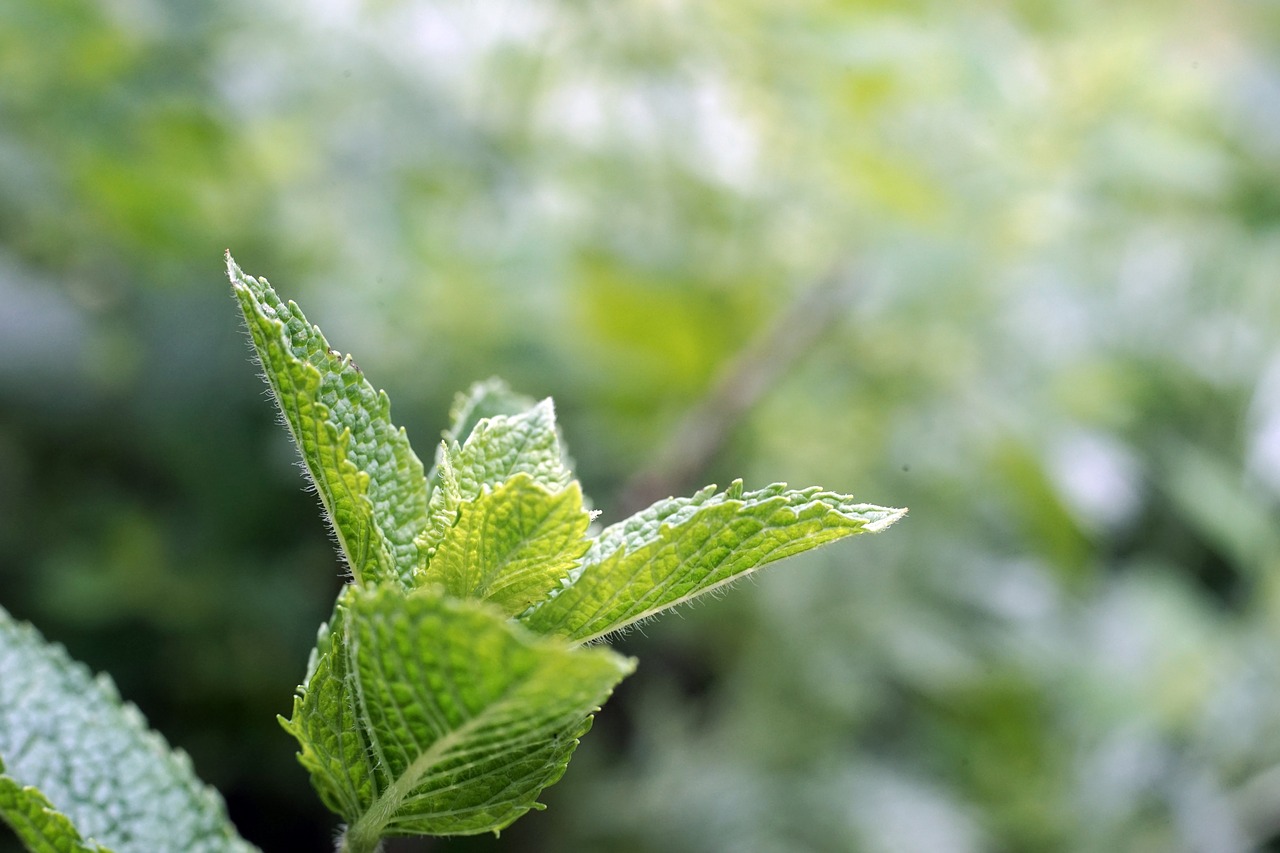The Aga Khan Trust for Culture (AKTC), one of the affiliate agencies of the Aga Khan Development Network, has a long history of supporting and working on cultural restoration and rehabilitation projects in some of Afghanistan’s most important cities. In fall 2018, AKTC celebrated the completion of its most ambitious project yet: the restoration of Chihilsitoon Garden, the largest historic public garden in Kabul. Read on for a closer look at this exceptional rehabilitation project.
What is Chihilsitoon Garden?
The historic Chihilsitoon Garden and Palace occupy a 12.5-hectare site in the Afghan capital of Kabul. Originally created as a royal garden in the 19th century, the park became state property in the early 20th century. During this part of its history, Chihilsitoon Garden welcomed visiting international dignitaries such as US President Dwight D. Eisenhower and Soviet Premier Nikita Khrushchev. Chihilsitoon Garden was severely damaged and looted during periods of unrest in Afghanistan, and the neglected site was left in disrepair for more than two decades.
The goal of the Chihilsitoon Garden rehabilitation project was to restore this once-beautiful site to its former glory and, in so doing, provide Kabul’s approximately 4.5 million residents with more space for recreational and communal activities, add much-needed green space to the city to help improve its air quality and climate, and provide the local population with jobs and the opportunity to acquire new skills. Now that the restoration is complete, the garden will be managed by the recently formed, independent Kabul Historic Gardens Trust (a new iteration of the Bagh-e Babur Trust, which has been sustainably operating the historic site of Babur’s Gardens for over 10 years).
What work was carried out during the Chihilsitoon Garden restoration?
The Chihilsitoon Garden restoration involved extensive rehabilitation work on virtually all aspects of the site. Particular projects included:
Extensive landscaping of outdoor space—The heart of the restored Chihilsitoon Garden site is a historic formal axial garden (a type of symmetrical design commonly used in traditional Islamic gardens), which is surrounded by areas of dense landscape and open lawns. Radiating outwards from this garden is a network of paths and trails that link and encompass a variety of spatial experiences, including group picnic areas; an outdoor amphitheater; and the historic formal promenade, which features the garden’s now-restored, fully functional original marble fountains. As part of this extensive landscaping work, more than 5,000 new trees were planted throughout the site.
The creation of new buildings and amenities for public use—One of the main functions of the restored Chihilsitoon Garden is to serve as a multi-purpose gathering place for communal events of all kinds. To this end, a number of new public buildings were constructed throughout the park, including an exhibition hall; a 300-seat auditorium; buildings for administration, maintenance, and visitor management; and a multi-purpose facility created inside the reconstructed historic Chihilsitoon Palace. To complement the garden’s historical legacy, these contemporary buildings were designed in keeping with traditional vernacular style and constructed using local building methods and materials. (Interestingly, the main building material used was rammed earth: highly suitable for the region’s climatic and ecological environment, rammed earth has been used for construction in Afghanistan for two millennia. In Chihilsitoon Garden, the newly constructed rammed earth buildings were reinforced with bamboo trees and steel rebar to improve earthquake resistance.)
The creation of sites and facilities for sports activities—Chihilsitoon Garden is also envisioned as the home of a variety of sports and outdoor recreation activities. A distinct zone in the restored park contains cricket batting areas, outdoor volleyball courts, and two mini football fields. A building with indoor changing facilities and showers was also constructed to improve the park’s capacity to host competitive sports matches.
Revenue-generating amenities—Part of the Chihilsitoon Garden restoration project was to build in sources of income generation that could eventually help the park to become financially self-sustaining. For example, the garden now includes retail units, food kiosks, and restaurants that can be operated or rented out to generate ongoing revenue. The garden is also home to a commercial horticulture nursery, which can generate revenue in addition to maintaining the stock of trees and plants within the garden.
Utility upgrades—Careful consideration was given to the question of utilities in the garden during the restoration. While provisions have been made for on-site utilities, the garden has been designed to necessitate limited use of water and electricity due to features like septic systems that filter wastewater through subsurface leach fields.
What other partners supported the Chihilsitoon Garden restoration?
The Aga Khan Trust for Culture worked closely with many partners and supporters to complete the restoration of Chihilsitoon Garden and Palace. These include Kabul Municipality, the Afghan Ministries of Culture and Urban Development, and many local communities in Kabul. Funding for the project was provided by the German Federal Foreign Office through the KfW Development Bank.

